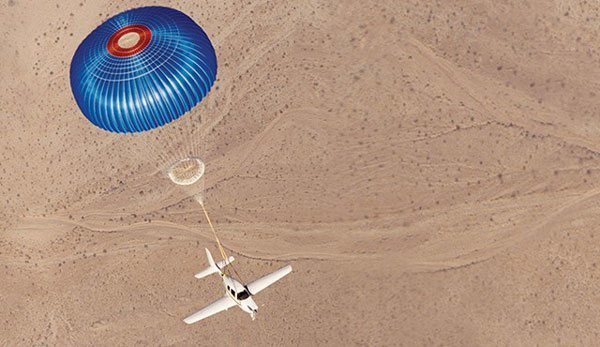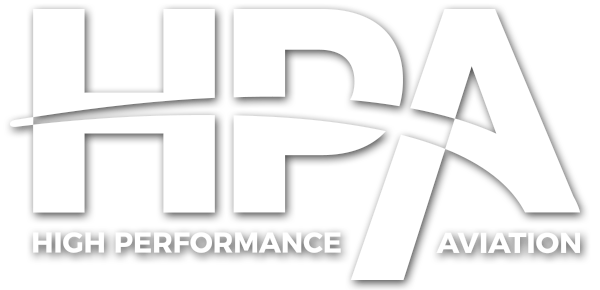High Performance Aviation
From Right Seat Passenger to Partner In Command
Partner in Command (PIC) Course
Cirrus Owners and Pilots Association (COPA) Safety Training
Are you a regular passenger in a friend’s or family member’s airplane? Would you know what to do if the pilot became incapacitated? If you couldn’t revive the pilot, could you talk on the radio to ask for help? These are some of the questions addressed by the Partner in Command (PIC) safety training course developed by the Cirrus Owners and Pilots Association (COPA). PIC training is offered to non-pilot partners at the Cirrus Pilot Proficiency Program (CPPP) and other events.
Some of the information presented could be applicable to any plane, such as how to recognize and revive a pilot who is exhibiting distress. Once the pilot becomes incapacitated, you, as the passenger, become the Pilot-In-Command. If you are flying in the right seat, pay attention as the pilot executes procedures and learn the basics you will need: how to read the altimeter, how to use the radio, how to activate the autopilot. Even if you can do all of these things, you can only stay in the air for so long. If you are flying in a Cirrus SR20 or SR22, you don’t have to worry about landing the plane yourself – you can use the Cirrus Airframe Parachute System (CAPS) to get the plane safely on the ground. Since 2014 there have been more Cirrus CAPS pulls than fatal accidents in these aircraft. But you need to practice the CAPS scenario to be ready for a pull.
The PIC course has been well received by partners who leave with a greater understanding of flight procedures and better prepared to survive an emergency and help their flying partner. I recently attended the PIC course at Conroe-North Houston Regional Airport (KCXO) and recommend it to anyone who flies in the right seat. One of the biggest lessons I learned was that when faced with an emergency, it’s easy to panic, unless your training kicks in. If you practice for an emergency, when it occurs, you will know how to deal with it. While the course does not teach you to fly, it offers practical suggestions for an in-air emergency.
Here are a few highlights of the course – how would you react if the following scenarios occurred in flight? Would you be able to react in time? Practice is the best preparation for an emergency.
If your pilot becomes unresponsive, determine the cause.
- Is he asleep?
- Yell and shake him
- Is he choking?
- Try the Heimlich maneuver
- CO Poisoning?
- Turn the heat off and the cold air on
- Hypoxia?
- Check the oxygen supply and descend
 If your pilot can not fly, you are in charge. Learn how to do the following things and practice them regularly:
If your pilot can not fly, you are in charge. Learn how to do the following things and practice them regularly:
- Engage the autopilot
- Move the pilot back off of the controls (move the seat back)
- Make sure you are connected to the radio
- Squawk 7700 to signal an emergency
- Respond to Air Traffic Control (ATC)
If you decide to deploy the parachute, try to fly to the best possible location before deploying. If you are in a remote location, try to reach a more populated area to allow emergency response teams to reach you quickly. Make sure your seatbelts are fastened. Pull the red CAPS handle. The parachute will deploy and the plane will begin to descend. Find and activate the ELT (Electronic Transmitter Locater). After landing, exit the aircraft but remain nearby for rescue. Practice pulling the CAPS handle in a simulator – these are usually available at the CPPP Events. Of course, this is just an abbreviated list of all of the steps to perform. Even the PIC course can only prepare you so much. The best plan is to prepare, practice and be aware. Most pilots are happy to explain procedures to their right seat partner. So just ask.
During recurrent Cirrus training, pilots are taught to incorporate CAPS in their takeoff briefing and to make a “flaps and CAPS” callout when retracting the flaps during the climb, at about the same altitude that CAPS is effective. The PIC course can make you more comfortable in the aircraft, teach you how to participate in the flight, and explain how to use the safety equipment in an emergency, including the CAPS. Partner-in-Command courses are held during COPA Migration, in conjunction with most CPPP (Cirrus Pilot Proficiency Program) courses, and occasionally at other times. For more information on CAPS and the PIC course, visit COPA Safety Programs. Click on the 70 Saves tab for more information on how CAPS works and details of CAPS deployments. At least 14 planes that landed under canopy have been restored and flew again, with many still flying.
Would you like more information?
Send us a message below.

